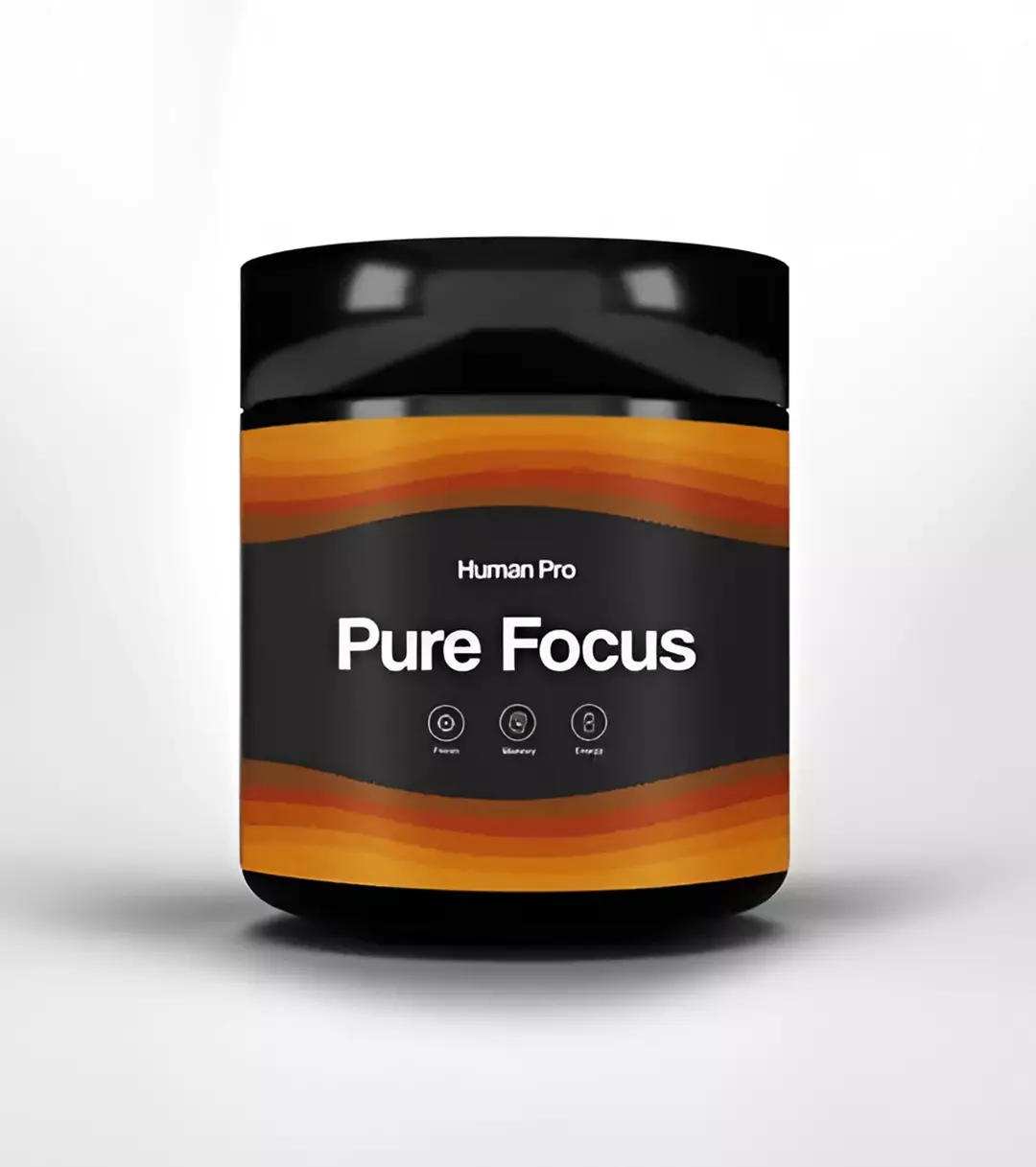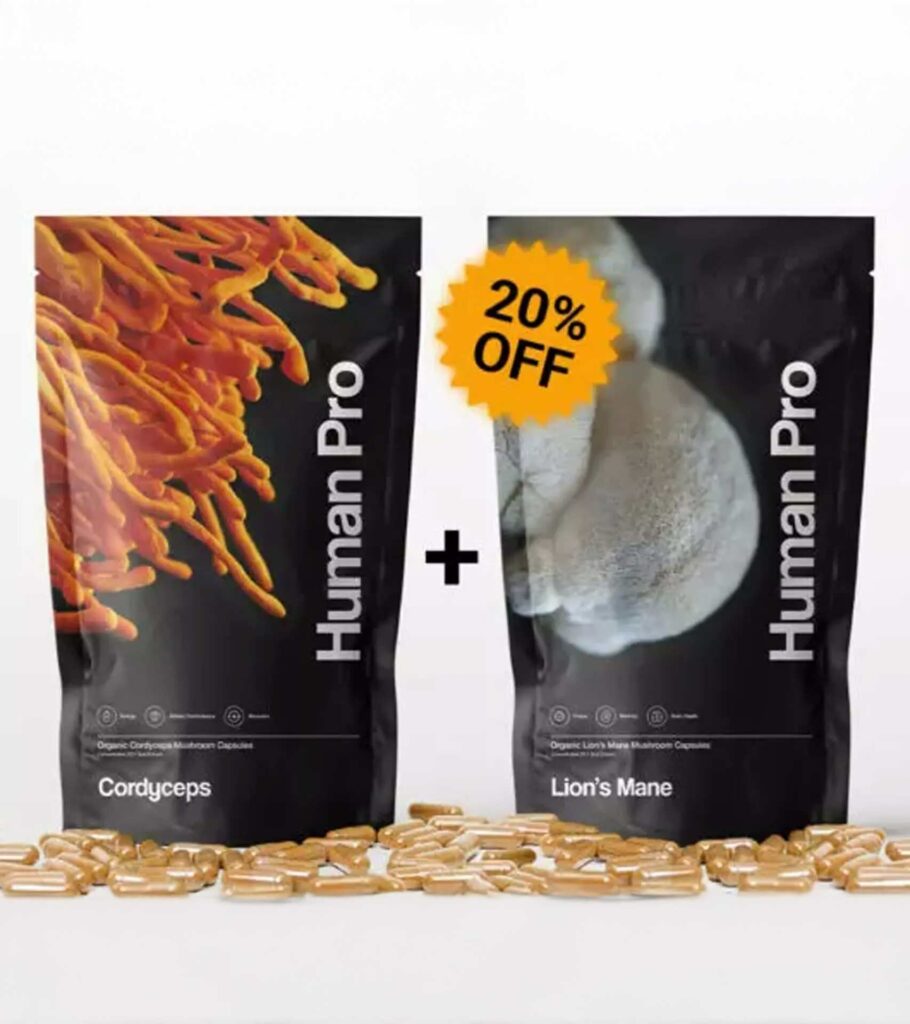Some theories suggest that our larger brains and opposable thumbs helped us break off from the primates.
The ability to use tools in a whole new way puts us at the top of the list. The ability to create the tools we need is a collaboration between our hands and our brains.
Manual creation, execution and crafting are not only fascinating to witness but quite literally a window into the mind.
From the style of our penmanship to the eloquence of sign language and including Da Vinci’s sculptures and Beethoven’s sonnets, the collaboration between hand and mind is entirely and wholly relational.
Our hands are remarkable tools, integral to human evolution and daily life. Some theories suggest that our larger brains and opposable thumbs helped distinguish us from other primates. The ability to create and use tools in novel ways has been a defining feature of human progress.
Manual creation and crafting offer a window into the mind. From our penmanship style to the eloquence of sign language, from Da Vinci’s sculptures to Beethoven’s sonnets, the collaboration between hand and mind is deeply intertwined.
Understanding Hand-Brain Coordination
The coordination between our hands and brain is a complex interplay of various brain regions. The primary motor cortex is the sender of signals to the spinal cord and then controls hands and fingers.
Then there’s the primary somatosensory cortex which processes the sensory information in the hands like pressure, temperature, texture, pain and touch.
Finally, the posterior parity cortex manages spatial awareness which helps us understand where our hands are relative to our environment.
The High Skill of Manual Dexterity
Have you written anything with your less dominant hand lately?
Try it and see how juvenile it can appear and how much cognitive effort it might be to write your name in comparison to the default penmanship accessible when using our dominant hand.
When reaching for an object, the visual system processes what we see, then the parietal lobe determines the object’s location, and the frontal lobe generates movement commands.
Then, we draw legible letters almost faster than we can pronounce them.
This complex process occurs almost instantaneously. It’s kinda miraculous actually.
Emotional Processing Practice
Writing answers to questions with our non-dominant hand is an excellent way to access subconscious and lesser available parts of ourselves.
An art therapist developed this practice with her patients in order to not only help process thoughts and emotions that have long been compartmentalised but also help with trauma processing.
Homemade Cognitive Booster
Vanderbilt University is investigating how non-dominant handwriting could potentially be a viable intervention for Alzheimer’s disease.
A study performed with 37 subjects concluded that:
“This research demonstrated a statistically significant immediate benefit of a brief non-dominant handwriting task on cognitive performance, specifically inhibition response.”
Appreciating Our Hands
The next time you use your hands, whether texting, cooking, doodling, or embracing someone, take a moment to appreciate what is actually at play.
The brain is orchestrating a complex symphony of activity that is not to be taken for granted.
As often as you can, experiment using your non-dominant hand for regular daily activities. Consider practising a new hobby like playing an instrument, knitting, sewing, painting, drawing or anything of that nature.
If you really want to take it to the next level consider supplementing with Lion’s Mane.
Often used for its impact on cognition and mental acuity, Lion’s Mane and new manual skills will keep you sharp, entertained, and not on your screen.
Thank me later.
Get some of our dually extracted high potency non-psychoactive Lion’s Mane here. Once you start your new manual hobby, be sure to tell us all about it in our Facebook group or our Discord channel.
As always,
Shine bright. Do good. Flow strong.
Asha ✨






1 Comment. Leave new
… and my ‘favourite’ loss of today’s time is not just handwriting, but also doctors no longer seem to be able to get a picture of a patient’s body through touch, through using their hands. I don’t say it can replace a necessary MRI or x-ray, but it certainly would reduce the need for those expensive ways of ‘getting the bigger picture’. Just some food for thought.